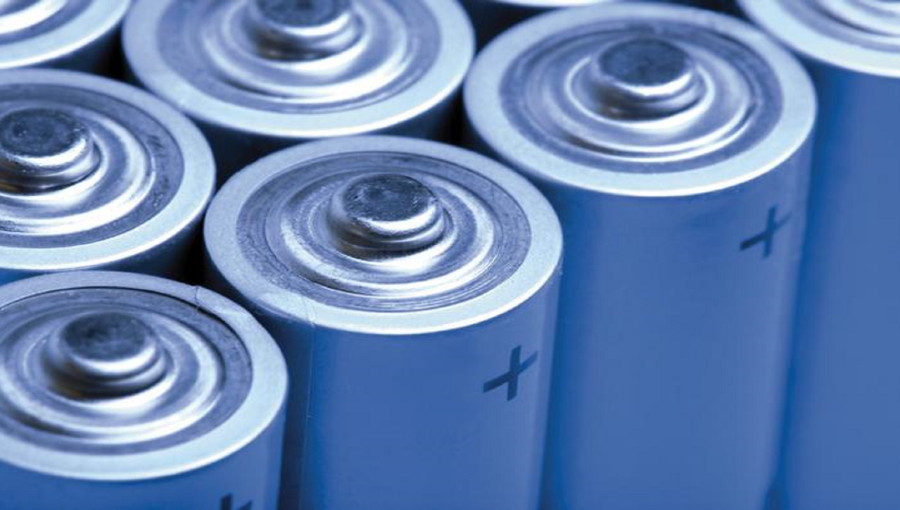Researchers in South Korea have developed an innovative silver-ion coating that could significantly enhance the performance and safety of lithium-metal batteries. With this ultrathin layer, batteries may retain an impressive 96% of their power after 1,300 cycles, addressing safety concerns tied to dendrite formation during charging. The work, led by Professor Cho Jin-han of Korea University, highlights how this technology could lead to safer, more efficient energy storage systems suitable for commercial use.
The newly devised silver-ion coating aims to resolve issues associated with lithium-metal batteries, which have been seen as the future of energy storage due to their higher energy density compared to conventional lithium-ion cells. However, the risk of dendrites—small, tree-like structures that form during the charging process—has limited their use. These dendrites can lead to short circuits and even battery explosions, posing significant safety hazards.
Professor Cho and his team found that by applying a silver-ion coating, lithium can be deposited more uniformly, preventing dendrite growth. The researchers utilize a straightforward solution-based method, applying alternating layers of silver ions and trithioisocyanuric acid (TCA) on an electrode substrate. This process occurs at room temperature and atmospheric pressure, eliminating complex synthesis steps. As the battery operates, silver ions convert into nanoparticles that help distribute lithium evenly on the electrode while TCA maintains structural stability, ensuring the battery can withstand extensive use without damage.
In laboratory tests, batteries fashioned with this new electrode technology showed stability for over 2,000 hours and managed to sustain more than 96% of their original capacity after enduring 1,300 charge-discharge cycles when used in conjunction with a standard cathode. The researchers emphasize the importance of developing safe, high-energy-density batteries for the future of energy storage technology. They believe their findings bring this cutting-edge solution closer to being implemented in real-world applications and that this approach could also be extended to other types of metal batteries, including those using sodium and zinc.
The study detailing this development, titled “High-performance dendrite-free lithium textile anodes using interfacial interaction-mediated ultrathin metal organic framework multilayers,” appears in the journal Advanced Materials.

